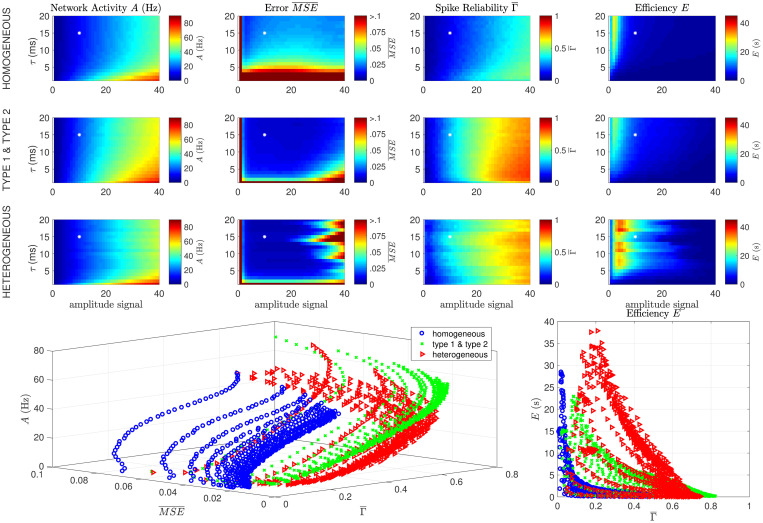Fig 4. eterogeneous networks are more efficient and show less trial-to-trial variability.
Results of two simulations using the same stimulus, but different initial network states, in a homogeneous ‘type 1’ network (first row), a network with ‘type 1’ and ‘type 2’ neurons (second row) and a heterogeneous network (third row). Each data point was simulated ten times and averaged. The network network activity A (first column), spike reliability (second column), network (third column) and efficiency E (fourth column) are shown as a function of the time constant (τ) and amplitude of the stimulus. All networks perform well over a wide range of stimulus amplitudes and frequencies, but the heterogeneous network is more efficient for a wider range of input parameters, in particular for fast-fluctuating low amplitue signals. The bottom row shows the same data presented differently: every data point is the average over 10 trials of a single value of the input stimulus amplitude and τ. This shows how the network activity, error and efficiency depend on the spike reliability . Parameters: Δ = 7, 5 ms, ν = μ = 1, 5, N = 100, #trials = 10. The white star denotes the parameter values used in section Heterogeneous networks are more efficient than homogeneous networks.

